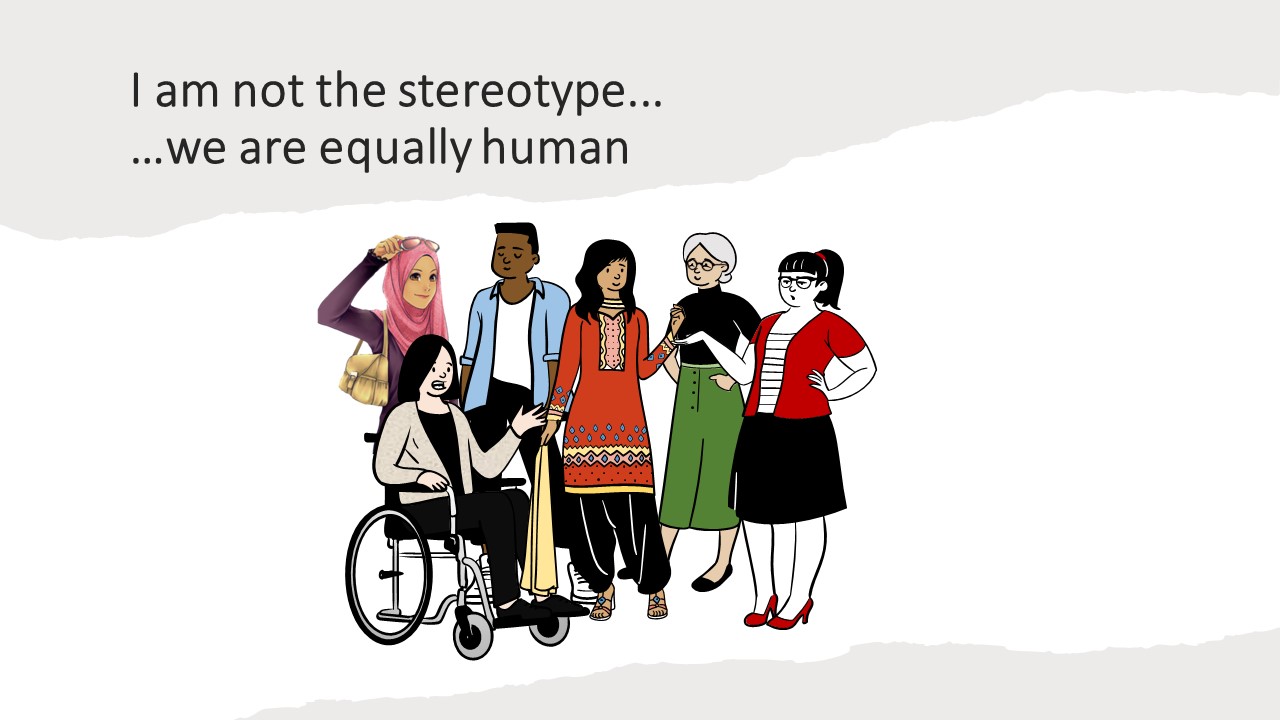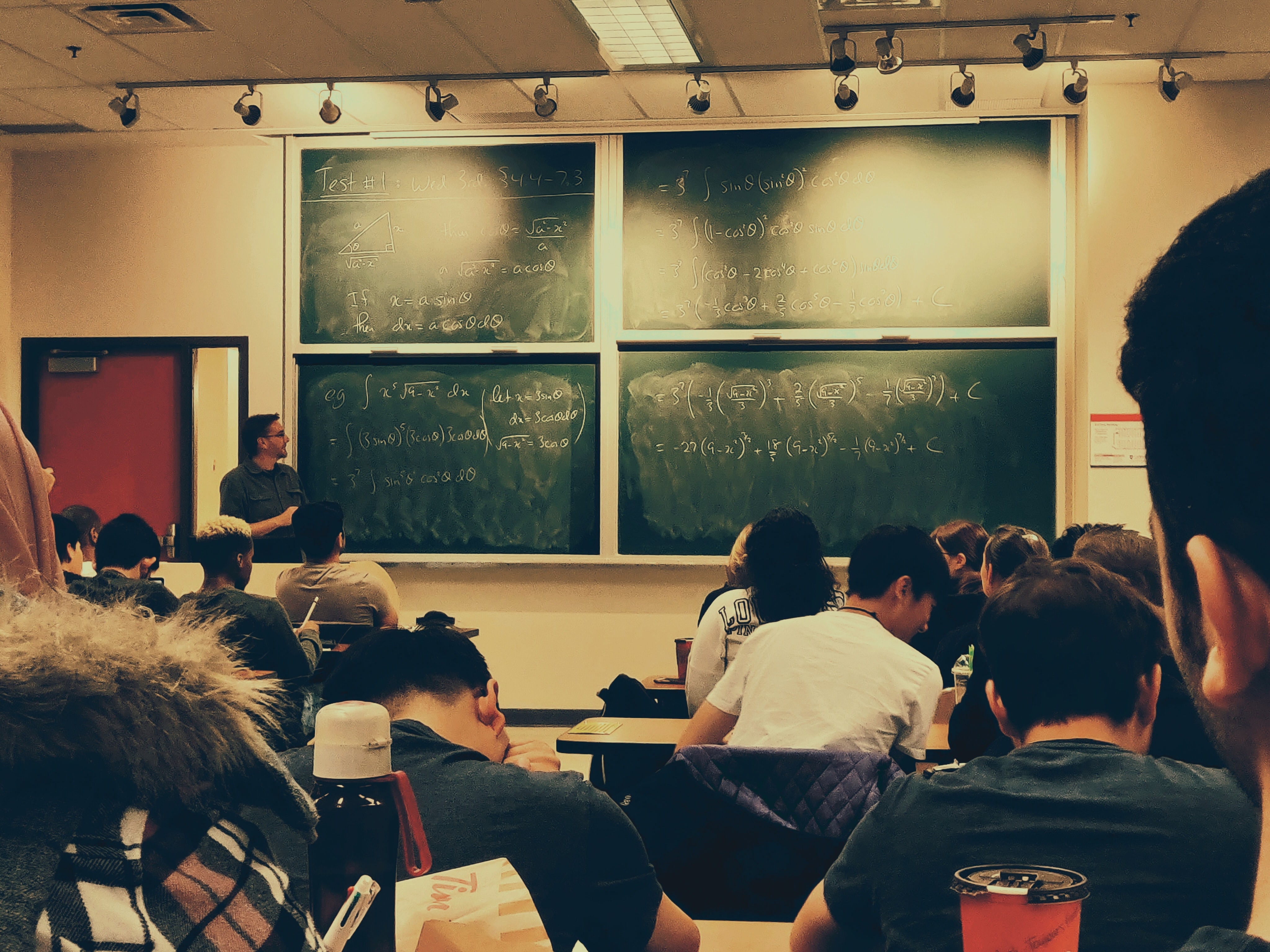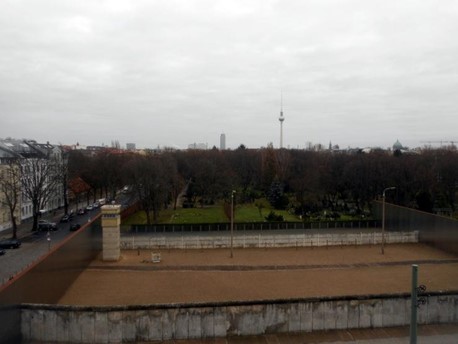The visual illustration was created by the author
It is evidently crucial for different organisations around the world to have practical ways that are of strong and efficient long-term impact. Achieving deep diversity as opposed to shallow diversity is not a task that can be defensively achieved by statements, policies and manifestos showing demographic statistics for example [1].
Deep diversity focuses on genuinely understanding and embracing the difference which is translated into values, attitudes and ultimately behaviours [2]. Fortunately, there are easy and simple ways to achieve this effect using artistic methods. This content is one of the suggestions focusing on its active utilization by means of various event types and methods. This stems from having a first-hand experience with such methods and events, being an artist, a poet and a student dealing with different issues in international universities in different countries in three contents; Asia, Africa and Europe.
Art is not only capable of raising the awareness of biases that could be unconscious but also inviting individuals to embrace their own difference first, to believe that we naturally come from different parts of a world that was meant to be flavourful, rich and beautifully varied. Art is powerful in delivering acceptance on an emotional and logical level, taking the fact we are not the stereotype to a level of feeling for each other, loving the variety that always stuns our minds instead of having to deal with monotony and boredom. By appreciating the nature of this rich difference, and sharing the joy and pain, art makes us truly absorb facts like that we are equally human. This reduces the gap enforced by inefficient and shallow methods that cannot overcome the perception that is delivered by attitudes that only say “you do not belong here”. This means that organisations could risk losing not only these students but also bad word of mouth, a drop in new especial diverse staff numbers and financial revenues [3].
Different events and experiences can build the necessary stamina that is needed for deep and authentic change towards a better treatment with each other. It has always been art that can make people naturally, wilfully and truly reflect on what they hold inside. This has been noticed in various events, discussions and experiences that I had the pleasure to have in Germany, Italy and the United Kingdom, having visited, organised and led multi-lingual poetry and Arabic calligraphy, cultural nights and art exhibitions.
Utilising the art of storytelling in this article, a range of biases and stereotypes are communicated through short videos of personal stories as those who experienced them tell them. This helps to accept ourselves through the story of the other and then to accept others through their stories, being convinced that it is ok to get older, to experience a health challenge, to come from a different culture, to be of different colour or appearance, because we and others were never meant to be the same and we only were meant to be human.
"I'm not the stereotype" stories:
In this video, the danger of having a "single story" is beautifully explained
by Novelist Chimamanda Adichie as she tells her own story of having and experiencing race and social class biases.
Below you can find the selected 1.5-10 minute- interesting stories told by who lived them, click on the title to watch and enjoy.
- His Majesty King Abdullah II tells what is it to be a Muslim, his story against religion stereotypes

Source: Islamic art and calligraphy, https://www.pinterest.co.uk/husamshaker/
"يَا أَيُّهَا النَّاسُ إِنَّا خَلَقْنَاكُمْ مِنْ ذَكَرٍ وَأُنْثَىٰ وَجَعَلْنَاكُمْ شُعُوبًا وَقَبَائِلَ لِتَعَارَفُوا ۚ إِنَّ أَكْرَمَكُمْ عِنْدَ اللَّهِ أَتْقَاكُمْ ۚ إِنَّ اللَّهَ عَلِيمٌ خَبِيرٌ"
(سورة الحجرات:اية 13)
"O mankind! We created you from a single (pair) of a male and a female, and made you into nations and tribes, that ye may know each other (not that ye may despise (each other). Verily the most honoured of you in the sight of Allah is (he who is) the most righteous of you. And Allah has full knowledge and is well acquainted (with all things)" (The Holy Quran, Al-Hugurat:13)
References:
[1] Trinh, M.P., 2017. Which Matters More?: Effects of Surface-and Deep-Level Diversity on Team Processes and Performance. Discrimination and Diversity: Concepts, Methodologies, Tools, and Applications
, pp.136-162.
[2] Burleson, S.D., Eggler, K.D. and Major, D.A., 2022. A Diversity, Equity, and Inclusion Perspective on Organizational Socialization in the New Age of Remote Work. In Multidisciplinary Approach to Diversity and Inclusion in the COVID-19-Era Workplace (pp. 15-34). IGI Global.
[3] Harahap, D., Hurriyati, R., Gaffar, V. and Amanah, D., 2018. The impact of word of mouth and university reputation on student decision to study at university. Management science letters, 8(6), pp.649-658.



